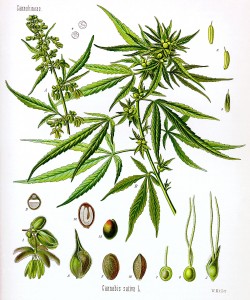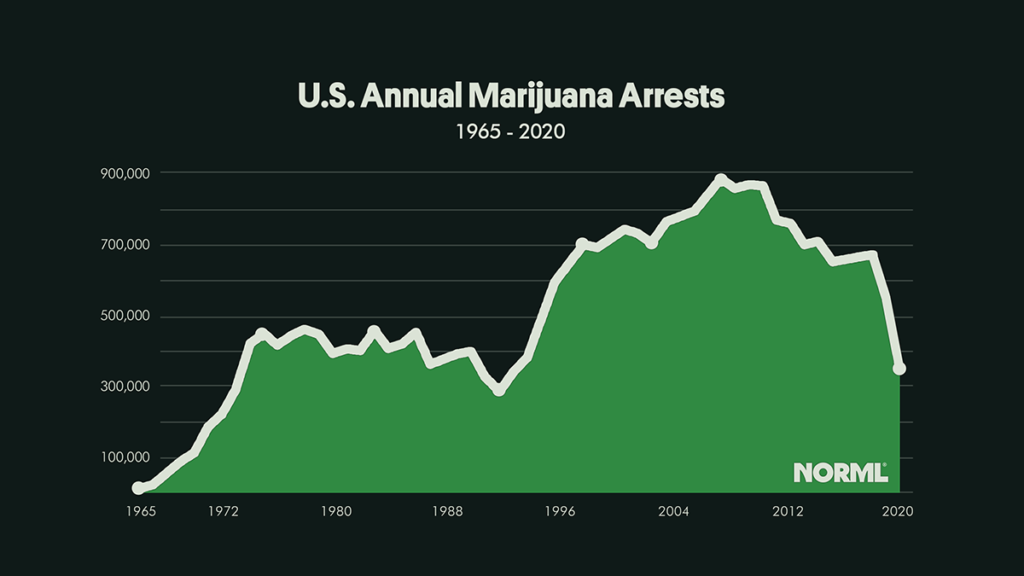
We are the Austin chapter of The National Organization for the Reform of Marijuana Laws.
Texas NORML is a trans-partisan, educational 501c4 nonprofit that focuses on cannabis law reform. Texas NORML’s mission is to change marijuana laws so that it reflects the majority opinion of Texans which is that the responsible use of cannabis by adults and patients should no longer be subject to penalty.
We hold virtual meetings at 7:00 PM on the first Wednesday every month.
Get involved with Texas NORML by joining our mailing list, following our social media accounts, and signing up to volunteer!
About Cannabis

Cannabis is the third most popular recreational drug in America (behind only alcohol and tobacco), and has been used by nearly 124 million Americans. Despite harsh laws in states such as Texas, over 41 million Americans consume cannabis at least occasionally according to Gallup.
According to the CDC, marijuana is the most commonly consumed federally illegal drug in the United States with 48.2 million people, or about 18% of Americans, having consumed it at least once in 2019.
Our public policies should reflect this reality, not deny it.
Cannabis is far less dangerous than alcohol or tobacco. Around 50,000 people die each year from alcohol poisoning. Similarly, more than 400,000 deaths each year are attributed to tobacco smoking. By comparison, cannabis is nontoxic and cannot cause death by overdose.
Cannabis has been federally illegal since 1937. In 1996 California became the first state to legalize it for medical purposes, and in 2012 Colorado and Washington were the first re-legalize the plant for general consumption by adults.
Since then, the medical use of cannabis has been legalized in 40 states and the District of Columbia, and adult-use cannabis has been enacted in 23 states and the District of Columbia.
Texas NORML supports the removal of all penalties for the private possession and responsible use of cannabis by adults, including cultivation for personal use, and casual nonprofit transfers of small amounts. This policy, known as decriminalization, removes the cannabis consumer from the criminal justice system.
More than 30 percent of the U.S. population lives under some form of cannabis decriminalization, and according to government and academic studies, these laws have not contributed to an increase in cannabis consumption nor negatively impacted adolescent attitudes toward drug use.
See Personal Use for more information.
Enforcing cannabis prohibition costs taxpayers an estimated $10 billion annually and results in the arrests of hundreds of thousands of individuals per year, though fortunately these numbers have begun to decrease due to successful efforts by organizations and individuals dedicated to ending prohibition.
Marijuana arrests recently accounted for far more than the total number of arrestees for all violent crimes combined, including murder, rape, robbery, and aggravated assault. In 2019 arrests for violent crimes totaled 495,871 compared to over 500,000 arrests for marijuana.

During the height of marijuana arrests, of those charged with cannabis violations, approximately 89 percent, 738,915 Americans were charged with possession only. The remaining 90,710 individuals were charged with “sale/manufacture,” a category which includes all cultivation offenses, even those where cannabis was being grown for personal or medical use.
In 2022 Texas NORML released the Marijuana Possession Arrest Report covering 2017-2021. During the time, possession accounted for roughly 97% of all marijuana arrests, almost half of which were of Texans aged 17-24.
Texas NORML supports the eventual development of a legally controlled market for cannabis where consumers can buy cannabis for personal use from a safe legal source. This policy, generally known as legalization, would reduce many of the problems presently associated with the prohibition of cannabis, including the crime, corruption, and violence associated with a “black market.”
Medical Cannabis
Marijuana, or cannabis, as it is more appropriately called, has been part of humanity’s medicine chest for almost as long as history has been recorded.
Of all the negative consequences of cannabis prohibition, none is as tragic as the denial of medicinal cannabis to the tens of thousands of patients who could benefit from its therapeutic use.
Modern research suggests that cannabis is a valuable aid in the treatment of a wide range of clinical applications.[4] These include pain relief — particularly of neuropathic pain (pain from nerve damage) — nausea, spasticity, glaucoma, and movement disorders.[5] Marijuana is also a powerful appetite stimulant, specifically for patients suffering from HIV, the AIDS wasting syndrome, or dementia.[6] Emerging research suggests that marijuana’s medicinal properties may protect the body against some types of malignant tumors[7] and are neuroprotective.
Currently, more than 60 U.S. and international health organizations support granting patients immediate legal access to medicinal marijuana under a physician’s supervision.
Legal Issues
Driven by the Drug War, the U.S. prison population is six to ten times as high as most Western European nations. The United States leads the world in incarceration rates.
Cannabis prohibition causes more problems than it solves, and ruins thousands more lives than it supposedly tries to save. An arrest can impact a person’s eligibility for employment, housing, student loans, and can severely harm them financially due to lawyer and court fees, fines, loss of productivity, and loss of wages.
NORML’s State Laws outlines the laws & penalties for marijuana conduct in the 50 states, the District of Columbia, and under federal law. Marijuana laws change rapidly and are enforced and interpreted differently even in the same legal jurisdiction. Please consult a criminal defense lawyer if you have been busted or if you want to know how a particular conduct might be punished. The NORML Legal Committee provides legal support and assistance to victims of the current marijuana laws. NORML also monitors developments in state and federal law, and files appellate and amicus curiae (“friend of the court”) briefs in cases which may affect the interpretation of existing marijuana laws, or which will, hopefully, change them.
Industrial Hemp
Hemp is a distinct variety of the plant species cannabis sativa L. which contains less than 0.3 percent of tetrahydrocannabinol (THC), the primary psychoactive ingredient in cannabis. It is a tall, slender, fibrous plant similar to flax or kenaf. Various parts of the plant can be utilized in the making of textiles, paper, paints, clothing, plastics, cosmetics, foodstuffs, insulation, animal feed, and other products.
Hemp produces a much higher yield per acre than do common substitutes such as cotton and requires few pesticides. In addition, hemp has an average growing cycle of only 100 days and leaves the soil virtually weed-free for the next planting.
The hemp plant is currently harvested for commercial purposes in over 30 nations, including Canada, Japan and the European Union. Although it grows wild across much of America and presents no public health or safety threat, hemp is nevertheless routinely uprooted and destroyed by law enforcement. Each year, approximately 98% of all the cannabis eliminated by the DEA’s “Domestic Cannabis Eradication/Suppression Program” is actually hemp.
In 2014, members of Congress approved language (Section 7606) in the omnibus federal farm bill authorizing states to sponsor hemp research absent federal reclassification of the plant. A majority of states enacted legislation to permit such programs. In the 2018 omnibus federal farm bill, Congress descheduled hemp (as defined as cannabis plants with less than 0.3% THC) and cannabinoids derived from these plants from the Controlled Substance Act. States can now apply to have their commercial industrial hemp programs approved by the USDA.
Marijuana Research Library
For over 40 years, NORML has served as a clearinghouse for marijuana-related information that includes health reports, the latest national and state polls, written testimony, and arrest data. To date, are tens of thousands of published studies or reviews in the scientific literature referencing the cannabis plant and its cannabinoids, nearly half of which were published within ten years.
